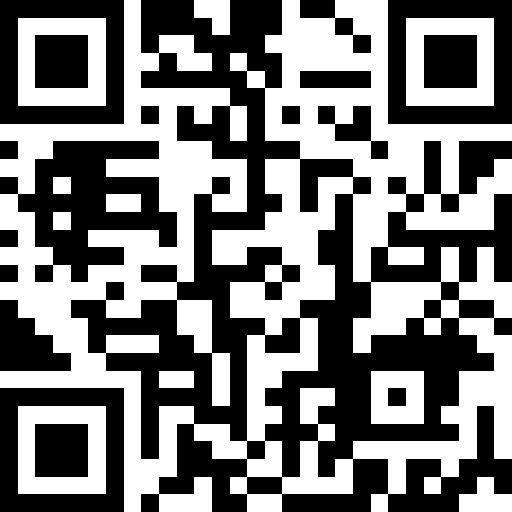Safe 211 Auditing Lab
-
Site conducted
-
Conducted on
-
Prepared by
-
Location
Fall Protection (29 CFR 1926.501)
-
29 CFR 1926.501(b)(13) Has the employer guaranteed that personnel working in residential construction 6 feet or higher above lower levels have been provided with adequate fall protection?
-
29 CFR 1926.501(b)(1) Are exposed walking/working surfaces with sides or edges 6 feet or higher above lower levels equipped with fall prevention systems?
-
29 CFR 1926.501(b)(10) Has the employer provided fall protection to personnel working on roofing jobs on low-slope roofs?
-
29 CFR 1926.501(b)(11) Are employees working on steep-slope rooftops sufficiently protected against falling hazards?
-
29 CFR 1926.501(b)(4) Has the employer taken measures to prevent falls through gaps and skylights?
Hazard Communication (29 CFR 1910.1200)
-
29 CFR 1910.1200(e)(1) Has the employer established and continues to maintain a written hazard communication program?
-
29 CFR 1910.1200(h)(1) Have employees been trained on hazardous materials both when they were first assigned and if additional hazards occur?
-
29 CFR 1910.1200(g)(8) Are Safety Data Sheets (SDS) maintained and readily accessible to employees?
-
29 CFR 1910.1200(f)(6) Are all containers containing hazardous chemicals appropriately labeled?
-
29 CFR 1910.1200(g)(1) Has the employer made sure that SDS are provided for each hazardous chemical by chemical suppliers or manufacturers?
Ladders (29 CFR 1926.1053)
-
29 CFR 1926.1053(b)(1) Are portable ladders securely fastened, and do they extend at least three feet over the upper landing surface?
-
29 CFR 1926.1053(b)(4) Do ladders only perform the task for which they were made?
-
29 CFR 1926.1053(b)(13) Is it permitted for workers to stand on a stepladder's top step?
-
29 CFR 1926.1053(b)(16) Are faulty ladders identified and taken out of service?
-
29 CFR 1926.1053(b)(22) Are workers avoiding heavy objects or things that might make them lose their balance when using ladders?
Scaffolding (29 CFR 1926.451)
-
29 CFR 1926.451(g)(1) Are employees on scaffolds over ten feet supplied with fall protection?
-
29 CFR 1926.451(e)(1) Do scaffolds have suitable access ways, such as ladders, instead of cross braces?
-
29 CFR 1926.451(b)(1) Are the scaffold platforms entirely planked or decked?
-
29 CFR 1926.451(f)(3) Has a competent individual inspected scaffolding before use?
-
29 CFR 1926.451(c)(2) Is scaffolding appropriately supported and stable?
- Yes
- No
- N/A
Powered Industrial Trucks (29 CFR 1910.178)
-
29 CFR 1910.178(I)(1)(i) Has the employer verified that only trained and authorized staff are operating powered industrial trucks?
-
29 CFR 1910.178(p)(1) Are powered industrial vehicles removed from service if discovered to be in hazardous operating conditions?
-
29 CFR 1910.178(q)(7) Is suitable maintenance carried out to maintain powered industrial trucks in safe operating condition?
-
29 CFR 1910.178(I)(4)(iii) Have operators obtained refresher training as required?
- Yes
- No
- N/A
Control of Hazardous Energy (Lockout/Tagout) (29 CFR 1910.147)
-
29 CFR 1910.147(c)(4)(i) Has the employer created and executed written procedures for managing hazardous energy?
-
29 CFR 1910.147(c)(7)(i) Have staff been trained on lockout/tagout procedures?
-
29 CFR 1910.147(c)(6)(i) Are frequent inspections of energy control measures performed annually?
-
29 CFR 1910.147(d)(4)(i) Are suitable lockout/tagout devices implemented before servicing the equipment?
-
29 CFR 1910.147(e)(1) Is equipment appropriately isolated from energy sources prior to servicing?
Respiratory Protection (29 CFR 1910.134)
-
29 CFR 1910.134(c)(1) Has the employer prepared and maintained a written respiratory protection plan?
-
29 CFR 1910.134(e)(1) Have personnel been physically evaluated to verify fit for respirator use?
-
29 CFR 1910.134(k)(1) Have employees received enough training on respiratory dangers and respirator use?
Fall Protection Training (29 CFR 1926.503)
-
29 CFR 1926.503(a)(1) Have staff been trained to spot and prevent fall hazards?
-
29 CFR 1926.503(b)(1) Are training records maintained and up to date?
-
29 CFR 1926.503(c) Are employees retrained as needed due to changes in the workplace or deficiencies in past training?
- Yes
- No
- N/A
Eye and Face Protection (29 CFR 1926.102)
-
29 CFR 1926.102(a)(1) Are employees required to wear adequate eye and facial protection when there is a possibility of injury?
-
29 CFR 1926.102(b)(1) Do protective eyewear and face shields comply with ANSI Z87.1 safety standards?
-
29 CFR 1926.102(a)(2) Is eye protection provided for employees exposed to harmful light radiation?
Machinery and Machine Guarding (29 CFR 1910.212)
-
29 CFR 1910.212(a)(1) Are machines appropriately secured to prevent employee injuries?
-
29 CFR 1910.212(a)(2) Are guards securely installed and not readily removable?
-
29 CFR 1910.212(a)(3) Is there appropriate protection from spinning parts, sparks, and flying debris?






